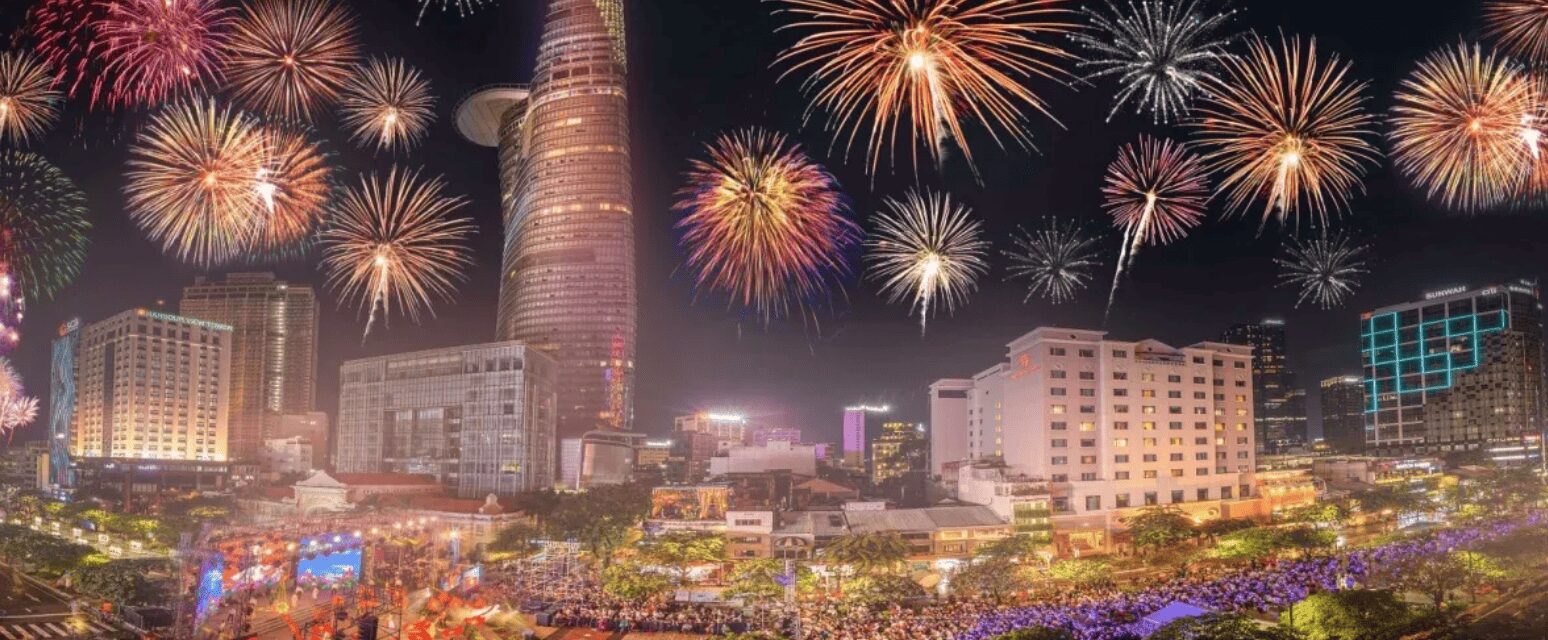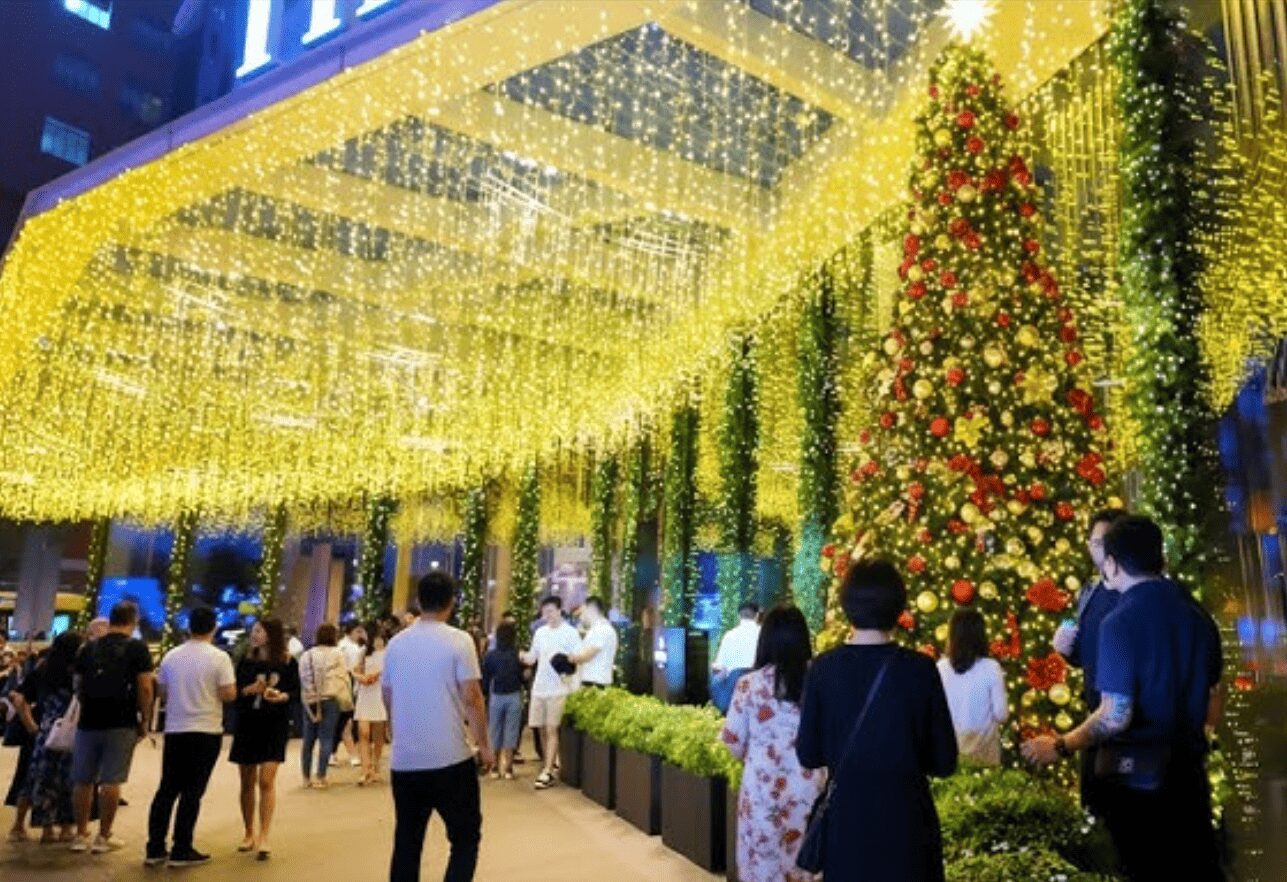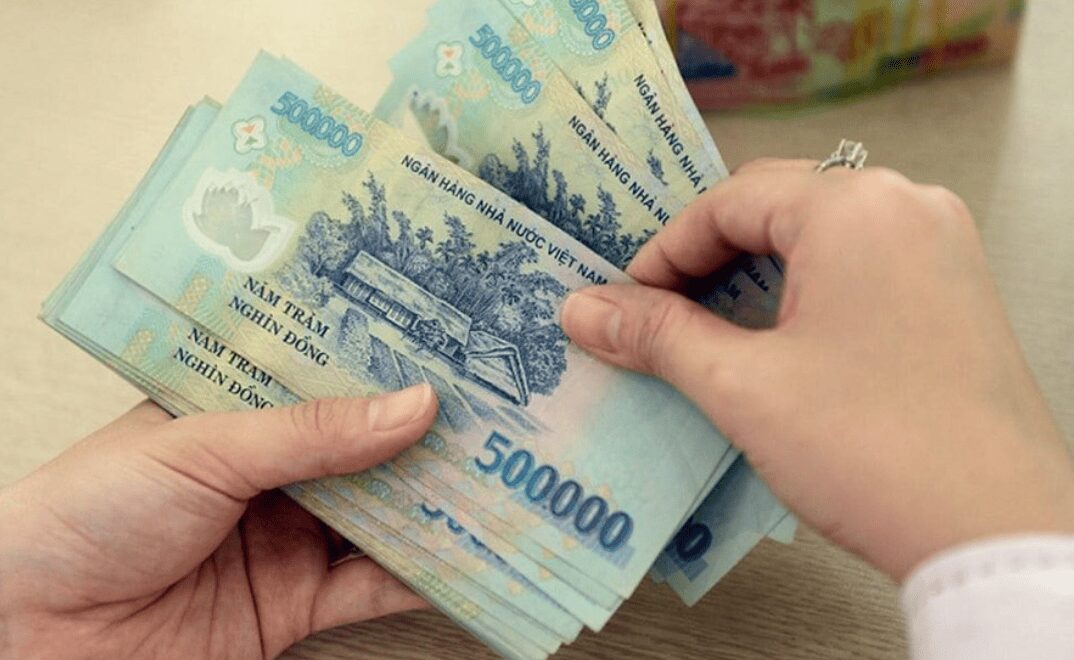Vietnam’s Café Culture and History: From French Colonial Times to the Present

Vietnam’s café culture traces its roots back to the French colonial era and has evolved significantly over the years. In this article, we will explore the history of Vietnam’s café culture, examining its transformations and its modern-day state. This will be an interesting read for café enthusiasts and those planning a trip to Vietnam.
目次
1. The Beginning of Café Culture During the French Colonial Era
Café culture was first introduced to Vietnam during the French colonial era (1887-1954). French-style cafés, influenced by French architecture, began to open one after another, bringing with them French culinary delights such as espresso and croissants. Especially in Hanoi and Saigon (now Ho Chi Minh City), French-style cafés became popular social venues.
At that time, French-style cafés featured elegant interiors and required patrons to adhere to French etiquette. Citizens, intellectuals, and officials enjoyed conversing and debating in these cafés, which also served as cultural exchange hubs. For example, Café La Phoenix in Hanoi was known as a gathering place for intellectuals and cultural figures of the time.
2. Post-War Changes in Vietnam’s Café Culture
After the Vietnam War, café culture experienced a decline. However, local, more affordable cafés survived, and Vietnam developed its unique coffee styles. Notably, “Cà phê sữa đá” (Vietnamese iced coffee) and “egg coffee” emerged as beloved local specialties.
“Cà phê sữa đá” is a drink characterized by strong coffee mixed with condensed milk and served over ice, known for its sweetness and richness. “Egg coffee,” a creamy concoction made with espresso, egg yolk, and condensed milk, also became popular. These unique coffee styles suited the local climate and were well-received not only by locals but also by tourists.
3. Economic Reforms (Đổi Mới) and the Revival of Café Culture
The Đổi Mới (economic reforms) that began in 1986 led to rapid economic development in Vietnam, reviving its café culture. Many new cafés opened in urban areas, regaining popularity as social hubs for young people. International coffee chains also entered the market, blending Vietnamese coffee with global coffee styles, diversifying the café culture.
Following Đổi Mới, international chains like Starbucks and Costa Coffee established themselves in cities like Ho Chi Minh and Hanoi. Simultaneously, local cafés evolved, adopting modern interiors, Wi-Fi-equipped spaces, and international menus to meet diverse needs.
4. Characteristics of Modern Vietnamese Café Culture
Modern Vietnamese cafés are characterized by a unique blend of tradition and modernity. Many are housed in renovated old buildings or designed to be Instagram-worthy. Additionally, they are equipped with Wi-Fi, making them popular spots for work and study. Besides Vietnamese coffee, fruit smoothies and health-conscious drinks are also in demand.
For instance, Café Apartment in Ho Chi Minh is a complex café space in a renovated old apartment, featuring different styles of cafés on each floor. Cong Caphe in Hanoi is known for its Vietnam War-era military-themed interior, attracting those who love retro vibes. These cafés offer unique experiences, appealing to both tourists and locals.
5. The Future of Vietnamese Café Culture
Vietnamese café culture is expected to continue evolving. As urbanization progresses, the opening of new cafés will persist, further diversifying the café culture. Sustainable initiatives, such as eco-friendly cafés and those using locally sourced organic ingredients, are also expected to increase.
Moreover, there is a growing number of cafés that double as co-working spaces for digital nomads and freelancers. This trend suggests that cafés will evolve from mere places for eating and drinking to hubs for work and community activities. For example, Toong in Hanoi combines a co-working space with a café, attracting many young people and entrepreneurs.
Conclusion
Vietnam’s café culture, which began during the French colonial era, has undergone numerous transformations to become what it is today. Now, it features a unique blend of tradition and modernity, making it a cultural experience worth exploring. On your next trip to Vietnam, be sure to visit local cafés and experience their charm firsthand.
(Photo by Unsplash.com)



